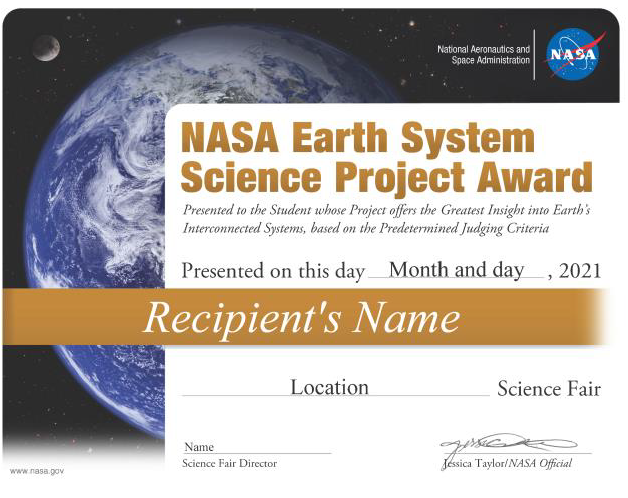This activity was developed by NASA's Global Precipitation Measurement (GPM) team as an introductory experience to a series of lessons about water resources on Earth.
Educational Resources - Search Tool
GLOBE protocols and learning activities that complement the Volcanic Eruptions phenomenon through hands-on investigations are detailed.
In this activity students will compare different methods for observing the Sun’s corona and make predictions about what they will observe during the April 8, 2024 total solar eclipse.
This resource helps to identify and access GLOBE protocols and hands-on learning activities that complement the Air Quality phenomenon.
Students explore the spatial patterns observed in meteorological data and learn how this information is used to predict weather and understand climate behavior.
Remember to never look directly at the Sun without proper safety equipment.
What is a solar eclipse?
Be a Scientist: The GLOBE Program encourages you to use GLOBE data to help answer questions about how the environment works. Through research projects, you can answer your own science questions by creating hypotheses, analyzing data, drawing conclusions, and sharing your results. Scientific projects that you conduct and that include the use of GLOBE data or protocols can be submitted by your teacher for publication on this GLOBE website. By sharing your findings with the rest of the world you are completing the scientific process.
Find GLOBE resources which are connected to My NASA Data Earth System content. These include campaigns, eTraining, pacing guides, and how to find related student projects.
This USGS activity leads students to an understanding of what remote sensing means and how researchers use it to study changes to the Earth’s surface, such as deforestation.





 Grade Band
Grade Band
